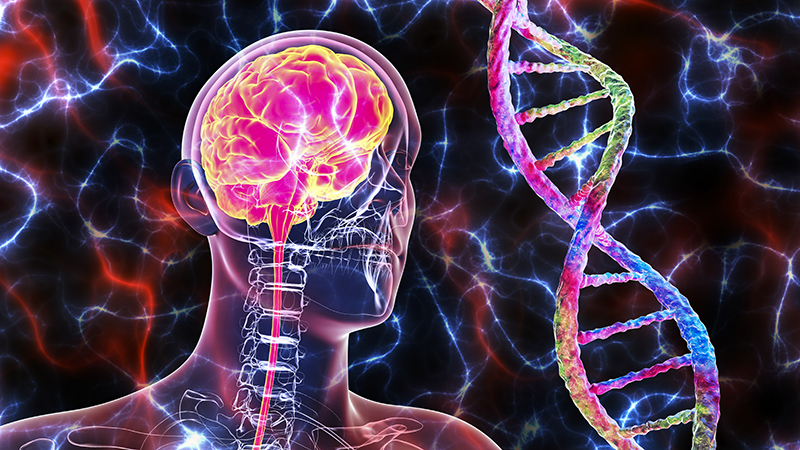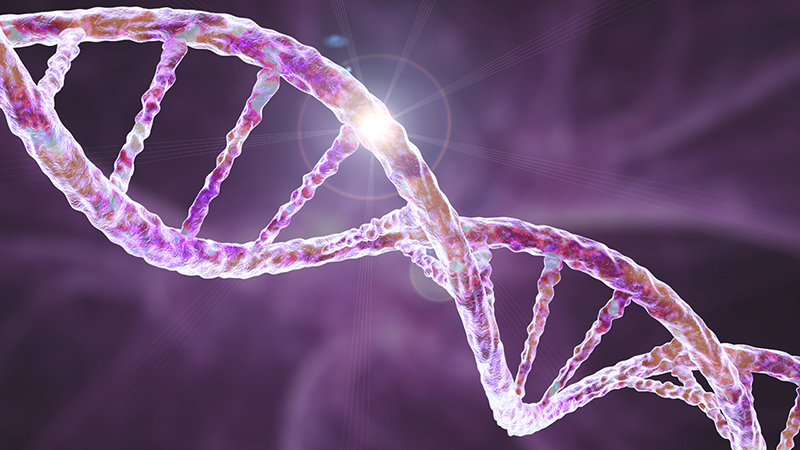The Lowdown on Sodium
Cutting 1 Teaspoon of Salt From Your Daily Diet Can Lower Blood Pressure
Published February 2024
This article is modified from the original, which was published in the Northwestern University Feinberg School of Medicine News Center.
Nearly everyone can lower their blood pressure, even people currently on blood pressure-reducing medication, by lowering their sodium (salt) intake, according to a new study. The study, from Northwestern Medicine, Vanderbilt University Medical Center and the University of Alabama at Birmingham, was recently published in JAMA. In the study, older adult participants reduced their salt intake by about 1 teaspoon a day compared with their usual diet. As a results, they lowered their systolic blood pressure (pressure in your arteries when your heart beats) by about 6 millimeters of mercury (mm Hg). That level is comparable to the effect produced by a commonly used first-line medication for high blood pressure.
“We found that 70% to 75% of all people, regardless of whether they are already on blood pressure medications or not, are likely to see a reduction in their blood pressure if they lower the sodium in their diet,” says Norrina B. Allen, PhD, co-principal investigator of the study and director of the Institute for Public Health and Medicine – Center for Epidemiology and Population Health at Northwestern University Feinberg School of Medicine.
This is one of the largest studies to include people with high blood pressure who are already on medications when studying the effect of reducing sodium in the diet on blood pressure. “We previously didn’t know if people already on blood pressure medication could actually lower their blood pressure more by reducing their sodium,” explains Allen.
The total daily sodium intake recommended by the American Heart Association is less than 1,500 milligrams. This study was designed to lower participants’ salt intake below that. “It can be challenging, but reducing your sodium in any amount will be beneficial,” says Allen. “High blood pressure can lead to heart failure, heart attacks and strokes because it puts extra pressure on your arteries. It affects the heart’s ability to work effectively and pump blood.”
Salt Study Details and Findings
Adults in their 50s to 70s from Chicago, Illinois, and Birmingham, Alabama, were randomly assigned to either a high-sodium diet (2,200 mg per day, or about a teaspoon, on top of their usual diet) or a low-sodium diet (500 mg in total per day or about a quarter of a teaspoon) for one week. After that week, they switched to the opposite diet for one week.
Among 213 participants, systolic blood pressure was 7 to 8 mm Hg lower when they ate the low-sodium diet compared with high-sodium diet; it was lower than their usual diet by 6 mm Hg.
For reference:
- Normal systolic blood pressure is less than 120 mm Hg.
- Elevated blood pressure is between 120 and 129 mm Hg.
- Stage 1 high blood pressure (hypertension) is considered to be between 130 to 139 mm Hg.
- Anything over 140 mm Hg is considered to be stage 2 high blood pressure (hypertension).
Overall, 72% of participants experienced a lower systolic blood pressure on the low-sodium diet compared with their usual diet. They lowered their blood pressure rapidly and safely within one week.
The effect of reduction in dietary sodium on blood pressure lowering was consistent across nearly all individuals, including those with normal blood pressure, high blood pressure, treated blood pressure and untreated blood pressure. This study reinforces the importance of reducing how much sodium (salt) is in your diet. It can help you manage your blood pressure even if you are already taking medications for high blood pressure.





